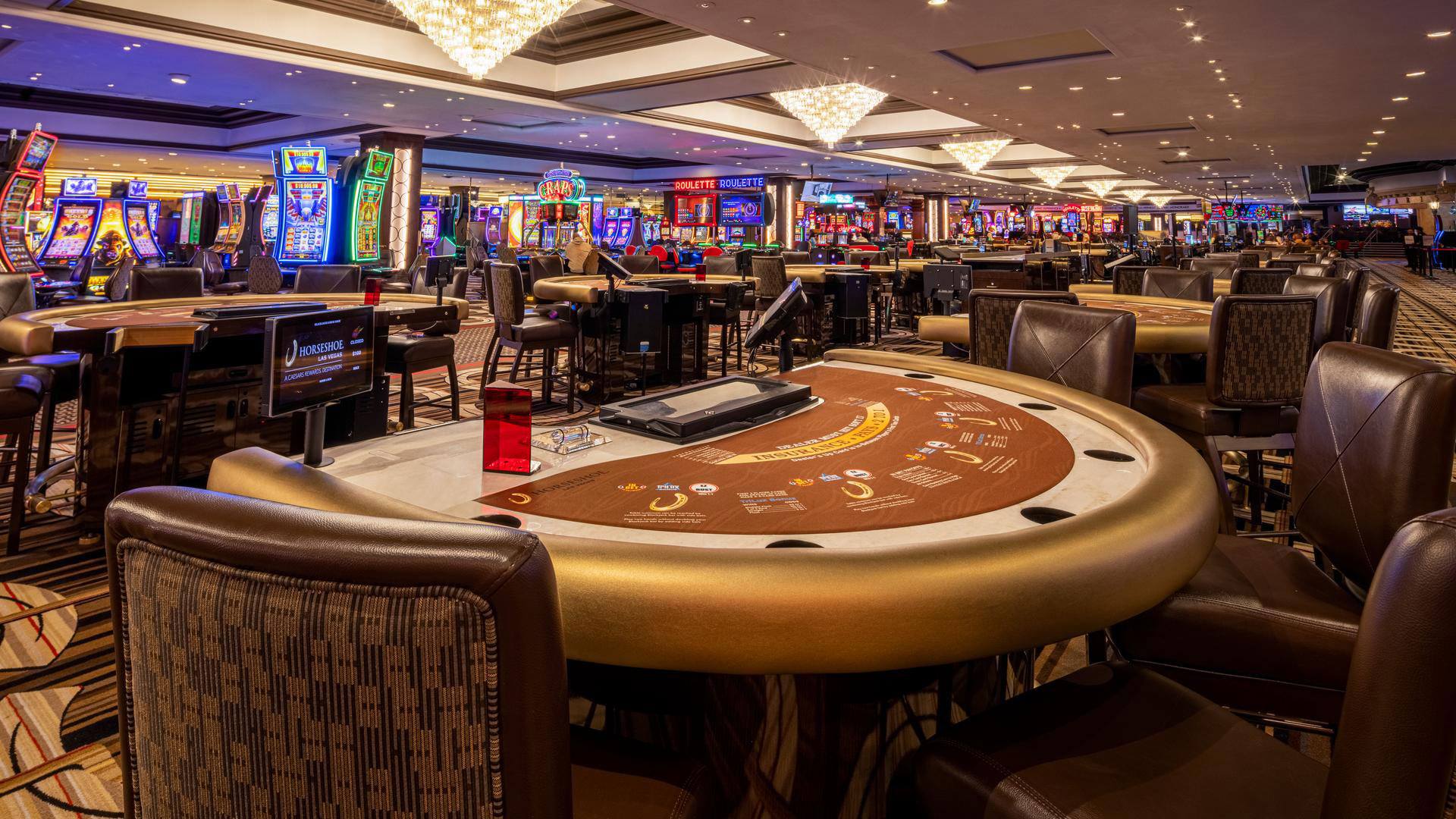
In the dynamic and stimulating world of casinos, where fortune and tactics intertwine, hues and design play a critical role in attracting gamblers. As soon as visitors step into a casino or log into a gaming website, they are enveloped in a sightly feast that captures their attention and lures them to explore more. Bright colors, engaging graphics, and creative layouts are meticulously crafted to create an environment of excitement and anticipation, ultimately improving the gaming encounter.
While gamblers navigate through the ever-changing landscape of casino games, they come across a variety of designs that not only serve aesthetic purposes but also influence feelings and choices. Hues like scarlet and yellow symbolize wealth and luck, while calm navy and emeralds can create a much relaxed environment. Understanding how these elements work together allows casinos to create an welcoming and stimulating atmosphere that encourages players to engage with the games, spend additional time at the tables, and boost their overall enjoyment.
The Psychology of Tint in Casino Games
Color plays a key role in the development of casino games, influencing players’ feelings and responses. Vivid and striking colors, such as red and yellow, are often used to incite excitement and attract notice. These colors create a feeling urgency and vitality, encouraging players to involve themselves more eagerly with the game. By strategically selecting tints, developers aim to evoke emotions of joy and anticipation, which can enhance the overall player experience. casinos not on Gamstop
Distinct hues also have psychological meanings that can influence how participants perceive their possibilities of winning. For case, green is commonly associated with good fortune and wealth, making it a frequent choice in activities like roulette and poker games. This association can cause players to feel more positive and confident in their gameplay, ultimately motivating them to wager more. Understanding these links allows game designers to create environments that enhance player enjoyment and retention.
Furthermore, the design of gaming interfaces often employs blended colors and differing shades to instruct players’ responses. For instance, winning combinations may be highlighted with vivid, differing shades, creating a visual cue. This approach supports positive outcomes and supports repeated participation. By leveraging the psychology of color, gambling establishments can create activities that not only attract players but also hold them involved and committed in their gaming experience.
Creative Elements that Attract Players
The visual appeal of casino games is largely influenced by the use of vibrant colors. Lively and striking colors are strategically chosen to create an inviting atmosphere that grabs attention. For instance, crimson and golden hues often signify good fortune and prosperity, which is why they are prevalent in the palettes of slot machines and game surfaces. These colors not only attract players in, but they also stir emotions associated with thrill and expectation, enhancing the overall gaming experience.
In addition to color, the aesthetic and layout of casino games play a crucial role in captivating players. Games are designed to be user-friendly, ensuring that players can quickly understand the rules and mechanics. Accessible interfaces, along with captivating graphics and motion, help maintain player interest and encourage extended play sessions. The tactile elements, such as the feel of the controls and the sounds of the games, also contribute to a comprehensive sensory experience that keeps players engaged.
In conclusion, conceptual elements in gaming design can significantly influence gaming decisions. Many casino games are inspired by popular culture, fairy tales, or adventure themes, incorporating symbols and characters that connect with players. These themes create a sense of immersion and relatability, making each game feel distinct. When players feel a bond to the concept, they are more likely to opt for that game over others, leading to higher participation and excitement within the casino environment.
Case Studies: Successful Gambling Game Designs
One noteworthy example of impressive casino game design is the well-known slot machine series based around hit movies. Games such as those based on the The Wizard of Oz and Game of thrones utilize vibrant colors and superior graphics to engage players in well-known narratives. The use of dynamic visuals and captivating sound effects takes the focus of players, building an affective connection to the theme. This tactic not only encourages longer play but also improves the overall gaming experience, yielding increased player retention.
Another successful case is the application of the psychology of color in table games like blackjack and the wheel. Casinos often design these games with dark reds and greens, colors traditionally connected with luck and wealth. For instance, the green felt on a 21 table provides a relaxing effect, while the red accents in the wheel invite anticipation. This deliberate use of color helps to establish an inviting atmosphere that stimulates players to participate, satisfying their psychological impulses and boosting their enjoyment.
Finally, social casino games that feature social features and lively, colorful designs have achieved remarkable success in engaging players. Games like Zynga Poker and Slot-O-Mania leverage striking colors and playful animations to create an inviting online environment. The inclusion of leaderboards, community sharing options, and in-game rewards fosters competition and community, pulling players in for longer sessions. Such designs not just make the games visually enticing but also highlight community engagement, a key factor in player retention and engagement within online casino environments.
